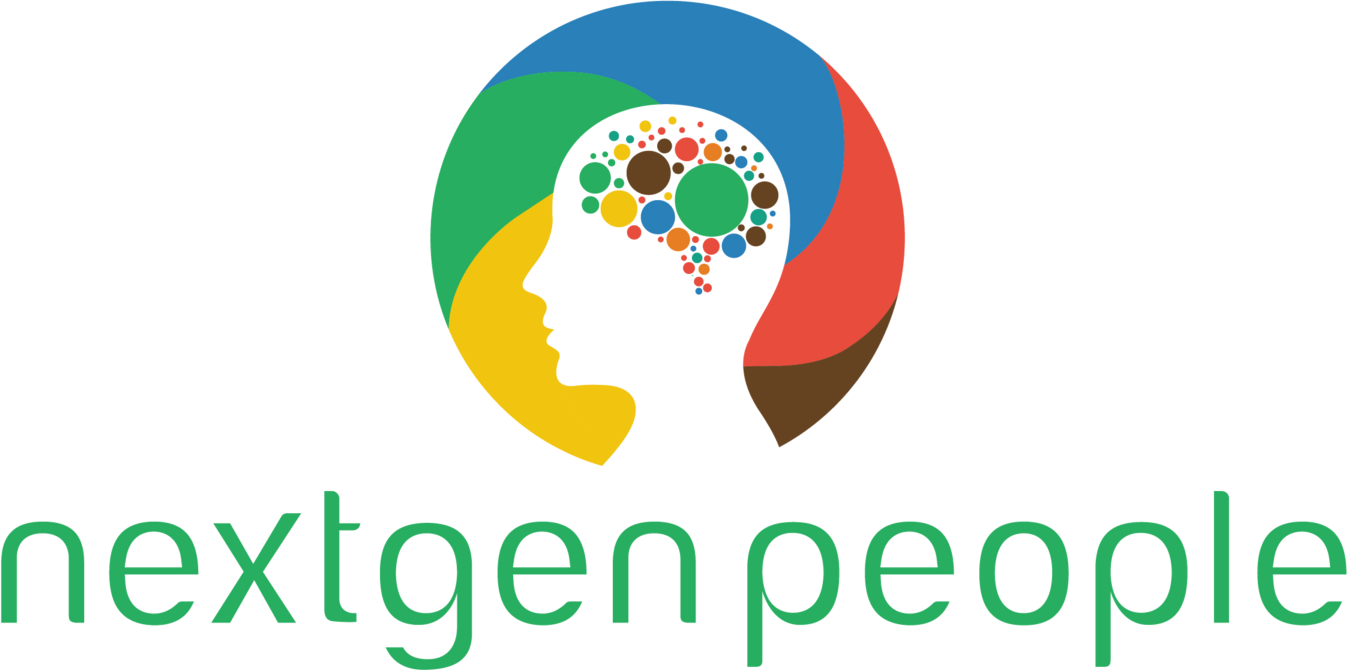7 Ways to Build and Maintain Successful Relationships with External and Internal Customers
Customers are more present than we realize in our organizations and externally. I see a potential customer as anyone, from whom we can benefit helping. A customer is by choice. We choose to serve them. Though it often feels like a near deadly force to serve some customers, there is always a choice to be made regarding who we choose as customers and the priority that we give them in our efforts.
Actively Choose Your Customers. Anything that we do in work or personal life is a choice. Some choices are active and others are passive. There is significant power that accompanies an active choice. Active choice brings the opportunity to intentionally design our efforts with a specific direction. As human beings, we are limited in what we can do and how much we can accomplish. Therefore, it is important to specifically select your customers. The expectation is that you serve customers effectively. In order to provide effective service to external and internal customers, first identify and choose your appropriate customers. Your customers should be stakeholders who are direct and indirect recipients of your work/ service. As we will discuss in later steps, your customers should be aligned with regarding what successful customer service looks like.
Identify and Define Successful Customer Service. Once you have identified your pertinent customers, ensure that you have specific goals regarding successful client/ customer service levels. In more formal relationships, a Service Level Agreement (SLA), is particularly helpful to clarify and manage expectations. However, in any customer/ client relationship, you want to be aligned with your customer regarding their expectations. Whether expectations refer to rate of speed, accuracy, quality and/ or quantity, the more aligned you are with the expectations of your customer, the easier the relationship will be to maintain. In some instances, the level of service that you are able to provide will inform the customers that you choose, otherwise the customers will make the decision to choose or not choose you for services/ products.
Measure Your Effectiveness Consistently. Your definition of successful customer service is only as effective as your accurate measurement of such success. As you regularly measure your performance against customer service expectations, you are able to proactively address areas that risk not meeting levels and/ or address issues with customers before they raise them with you.
Communicate Openly and Regularly. The more often you communicate with your customers, the more opportunities that you have to receive feedback regarding your service and to build and maintain a solid relationship. Regular dialogue between you and the customer will build a relationship that is genuine and authentic.
Empower Your Team. Ensure that your team members are empowered to make quick and fast decisions to provide excellent service to your customers. If team members have to wait to collaborate with you regarding petty decisions, it is likely to place a burden on the level of efficiency in the operation.
Reward Greatness. Ensure that you swiftly and appropriately reward your teams for excellent service to your customers. Always create win- win outcomes for all parties involved when possible.
Continuously Improve. Immediate good service is important; in order to thrive long term, it is essential to focus on how your service can grow continuously. As the needs of your customers/ clients change, your service should adapt as well. It is even more helpful to forecast their needs before they exist to ensure a seamless relationship.

